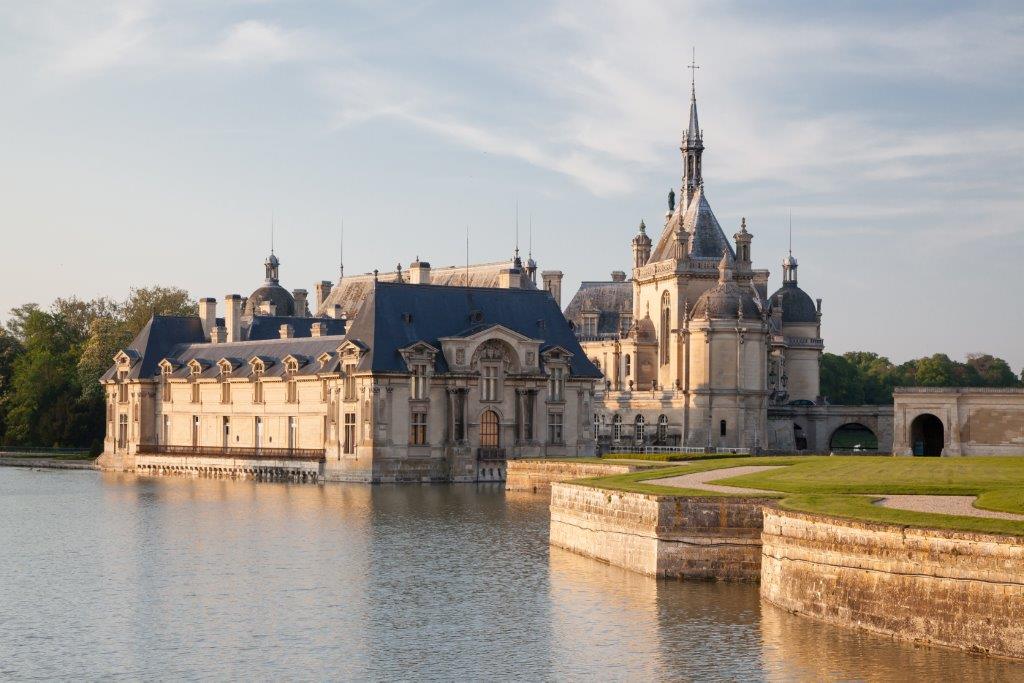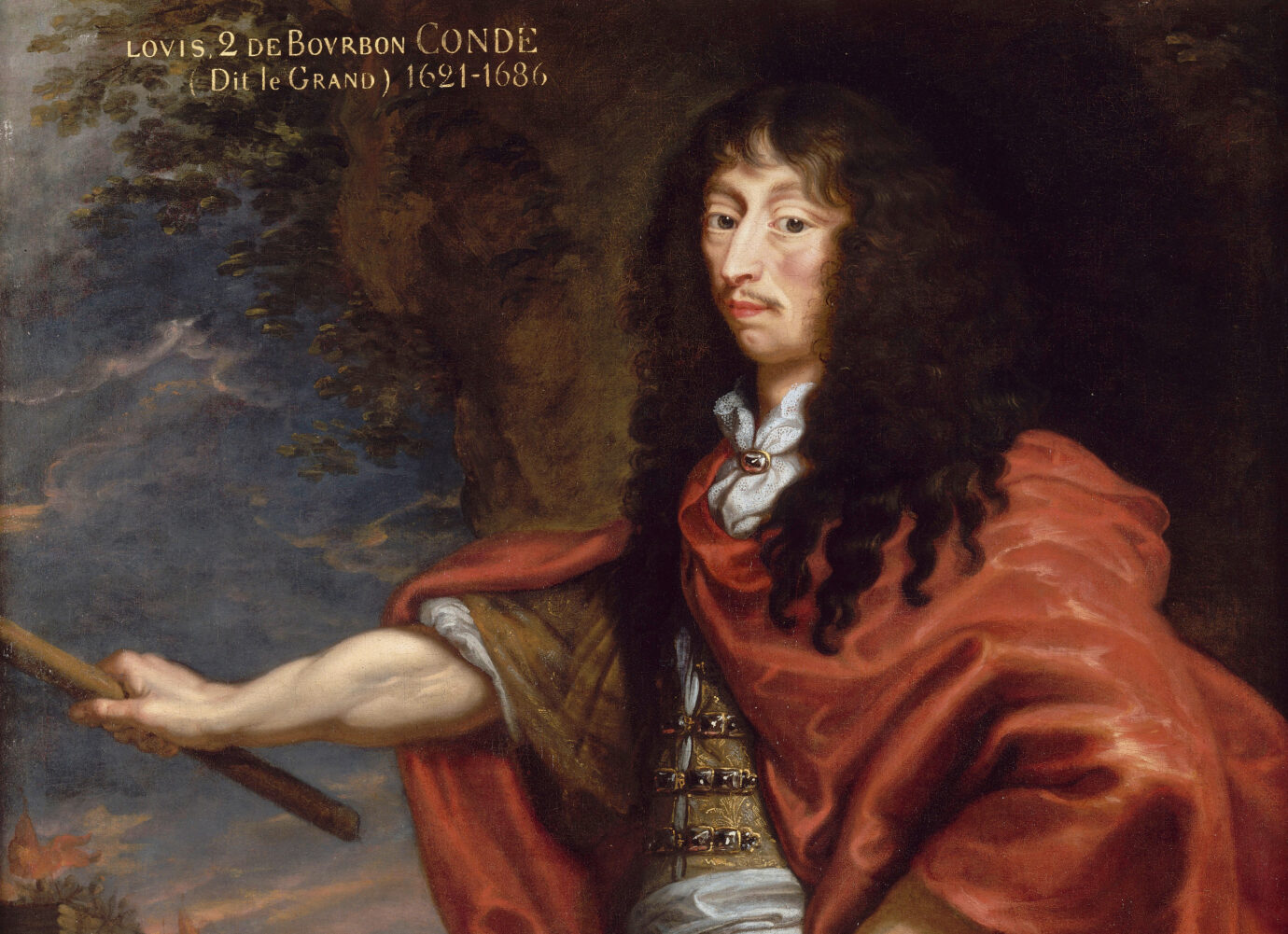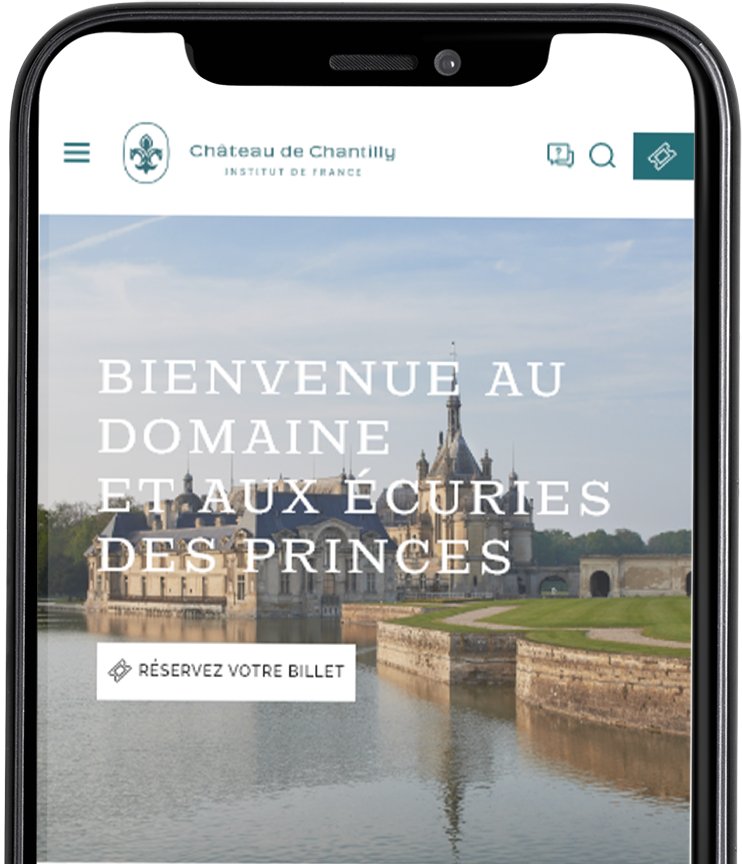The Château Chantilly always belonged to princely dynasties that were close to royal power but also rivalled with it. These dynasties were deeply committed to the upkeep and embellishment of the domain, according to the fashions of their time.
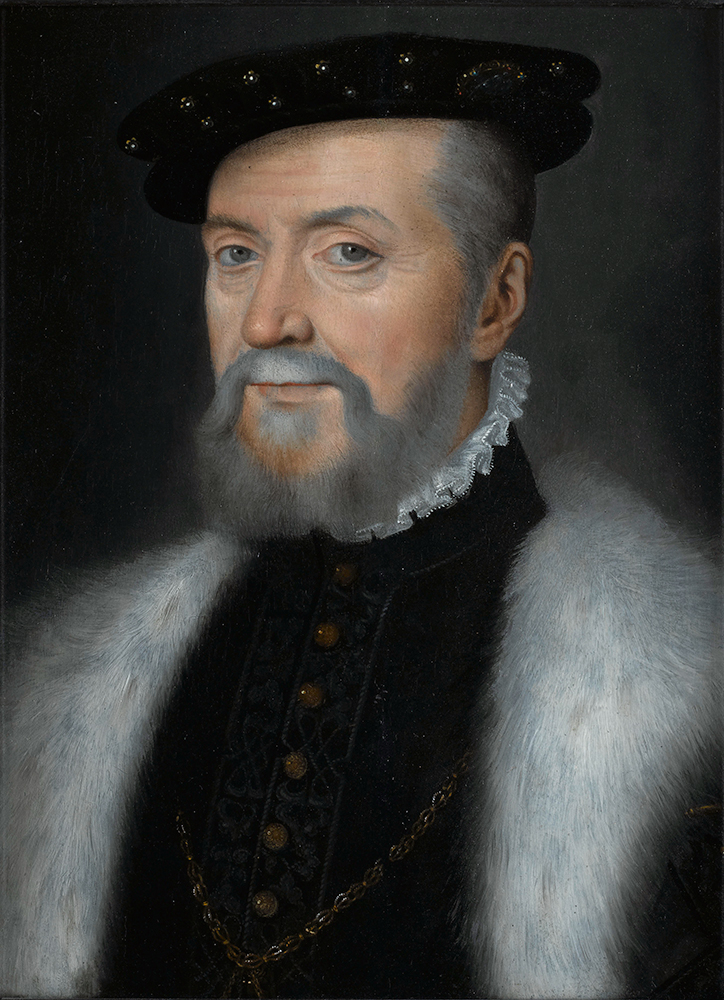
Anne de Montmorency (1493-1567)
Constable of François I, decided to carry out renovation work on the medieval building and entrusted this work to Pierre Chambiges. Circa 1560, he employed Jean Bullant, the architect who designed his château in Écouen, to construct the “Petit Château”. Anne de Montmorency also had the patio created, where today we can see an equestrian statue of him by Paul Dubois (19th century). He also had seven chapels built, three of which remain today.
His grandson, Henri II de Montmorency (1595-1632), had the Maison de Sylvie built in the grounds. In rebellion against King Louis XIII, he was beheaded in Toulouse in 1632. Chantilly was then confiscated by Louis XIII and would be returned to the Condé family, his heirs.
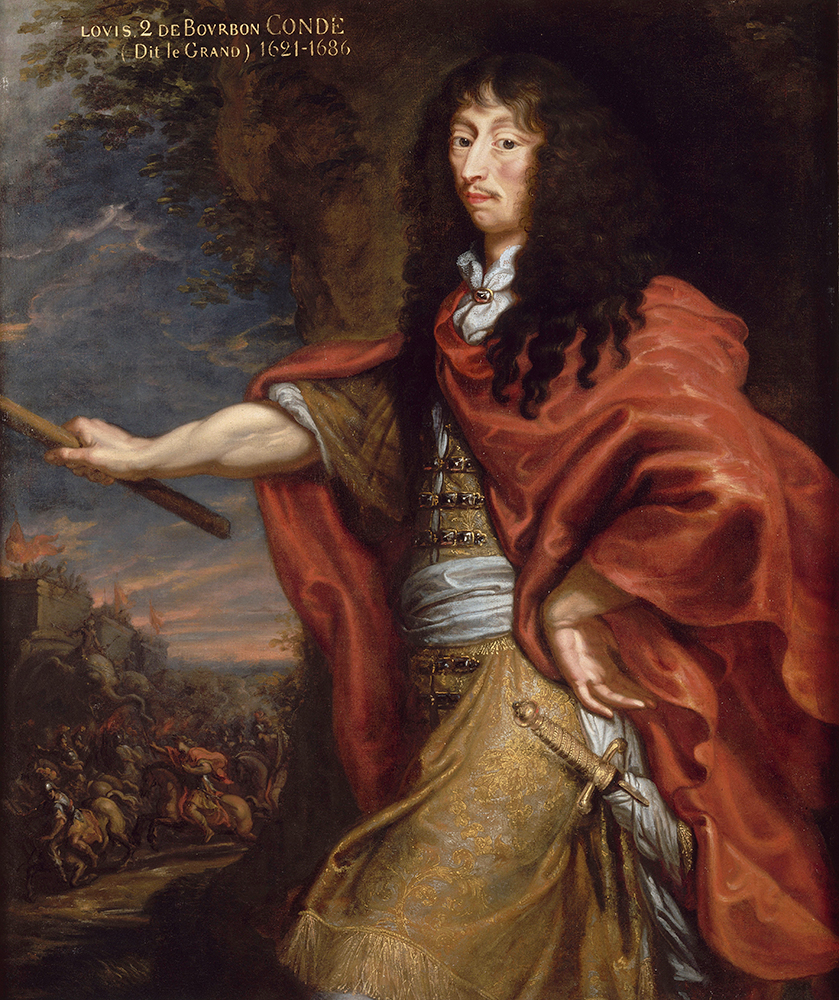
The Grand Condé (1621-1686)
In 1643, the Château de Chantilly became the property of the Bourbon-Condé family. It was at the instigation of Louis II de Bourbon-Condé, known as the Great Condé, that the grounds benefitted from significant remodelling designed by André Le Nôtre, gardener at Versailles.
The Prince was also behind the golden age of Chantilly, which became a prime venue for fashionable society and intellectual intercourse, frequented by famous figures such as La Fontaine, La Bruyère, Bossuet, Madame de La Fayette, Madame de Sévigné and Molière, who gave a production of Tartuffe there. The Great Condé held numerous balls and fireworks displays in this enchanting setting.

Louis-Henri de Bourbon, prince de Condé (1692-1740)
Prime minister of Louis XV from 1723 to 1726, he had Jean Aubert design the Great Stables for daily hunts. He had the suites of the “Petit Château” redecorated, the singeries painted by Christophe Huet and created the Chantilly porcelain manufactory.
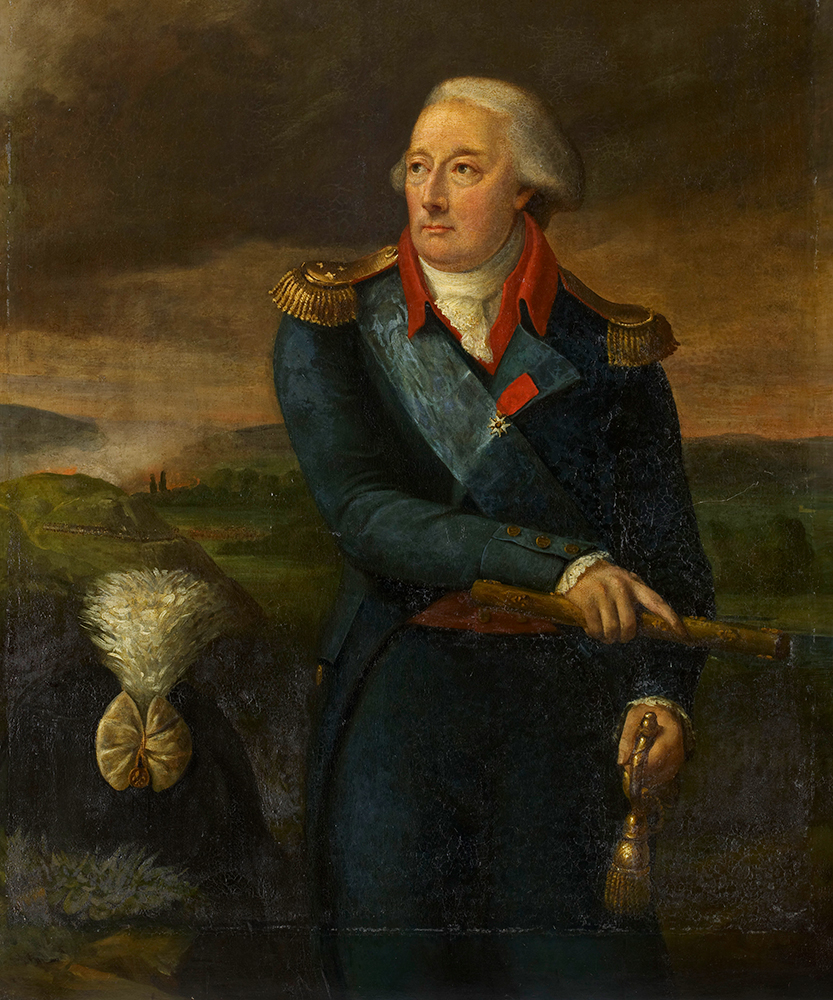
Louis-Joseph de Bourbon, prince de Condé (1736-1818)
Louis-Joseph had the Jeu de Paume and the Château d’Enghien constructed. From 1772, he had the Anglo-Chinese garden and the Hamlet designed by the architect Jean-François Leroy. Hostile to Revolutionary ideas, he emigrated in 1789 and formed the émigré field army known as the “Army of Condé”.
During the Revolution, the collections were seized as emigrants’ belongings and transported to the Louvre. The château served as a prison, before its main building (the “Grand Château”) was totally destroyed in 1799. The grounds were separated into two parts divided into lots. They never recovered their original size, and part of the town of Chantilly was developed in the western part. On his return from exile in 1815, Prince Louis-Joseph began the restoration of the suites and obtained the return of part of the collections from the Louvre. From 1817 he had the English garden designed by Victor Dubois.
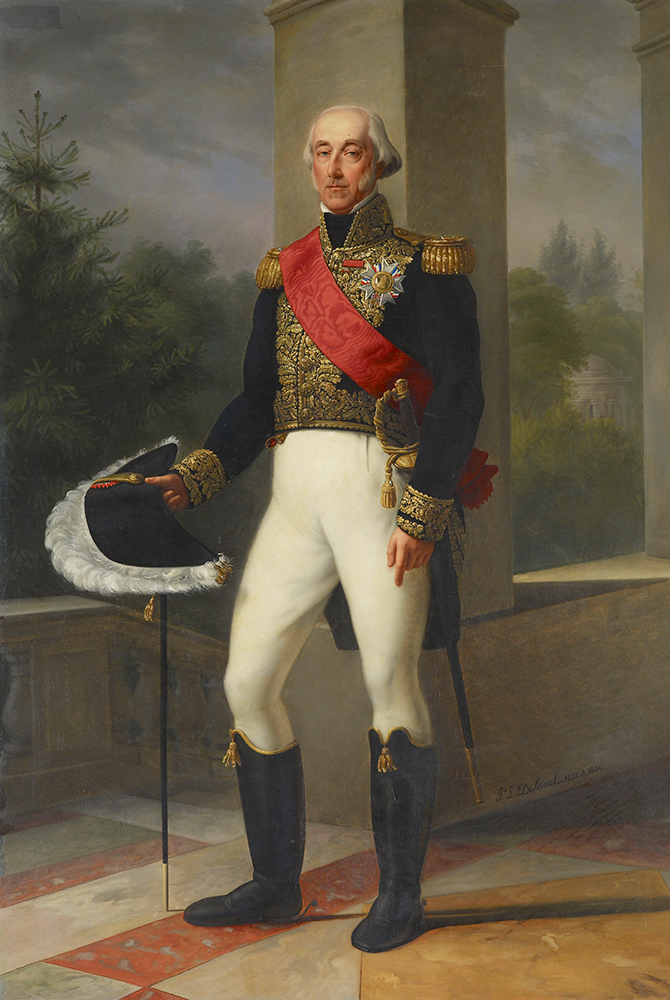
Louis-Henri-Joseph de Bourbon, prince de Condé (1756-1830)
Louis-Joseph’s son, Louis-Henri-Joseph de Bourbon-Condé, the last Prince of Condé, who had no heir since the execution of his son the Duke of Enghien in 1804 by Napoleon, bequeathed his estate in 1830 to Henri d’Orléans, Duke of Aumale, fifth son of King Louis-Philippe.

Henri d’Orléans, Duke of Aumale (1822-1897)
Son of King Louis-Philippe, the last King of France, inherited the Domaine de Chantilly in 1830. This prince, who was the greatest collector of his time, made Chantilly the showcase for his countless masterpieces and precious manuscripts. Thanks to the precautions taken by the Duke of Aumale in his will, Chantilly remains, more than a century later, a showcase of preserved works where the charm of the 19th century continues to reign.

